The ocean has always been a place of mystery and wonder for me. It’s vast, beautiful, and still so unexplored. Did you know we’ve mapped more of the moon than we have of the ocean floor? That alone is enough to make me want to dive deep (figuratively, of course) into all the strange and incredible things happening down there. From bioluminescent creatures that glow like stars to underwater volcanoes hotter than the surface of Venus, the deep sea is truly otherworldly. Here are ten amazing facts about the deep sea that will make you see the ocean in a whole new way.
Only 20% Of The Ocean Has Been Explored
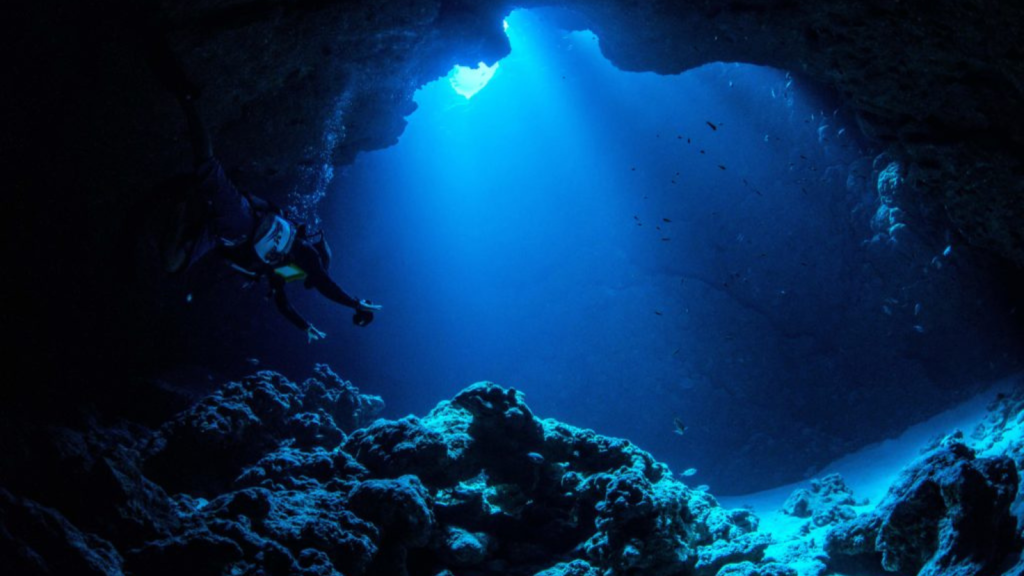
Despite covering 71% of the Earth’s surface, the vast majority of the ocean remains a mystery to us. Most of the exploration we’ve done has been in shallow waters or near coastlines. The deep sea, which is deeper than 650 feet, is incredibly challenging to study due to high pressure, freezing temperatures, and complete darkness. This means there could be thousands of undiscovered species and geological wonders waiting for us to find.
The Deepest Part Of The Ocean Could Fit Mount Everest

The Mariana Trench, the deepest part of the ocean, is so deep it could easily swallow Mount Everest and still have over a mile of water above it. Located in the western Pacific Ocean, its deepest point, Challenger Deep, plunges nearly 36,000 feet down. At that depth, the pressure is over 1,000 times greater than at sea level—strong enough to crush most submarines!
Deep-Sea Creatures Glow In The Dark
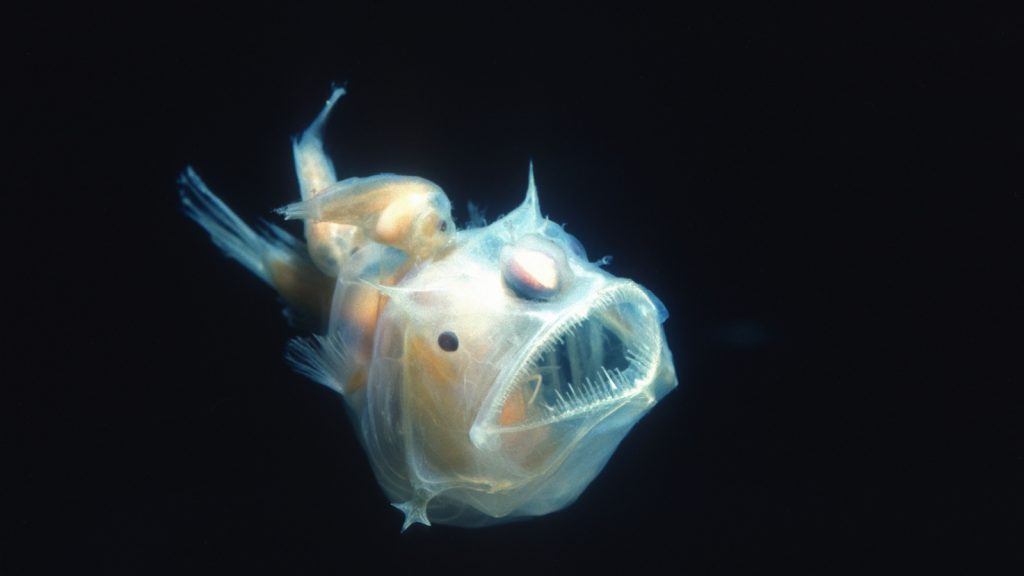
Many animals living in the deep sea produce their own light, a phenomenon called bioluminescence. This ability helps them survive by attracting prey, deterring predators, or finding mates. Creatures like the anglerfish, with its glowing “fishing rod,” and tiny shrimp that flash to confuse attackers, are perfect examples of how life has adapted to total darkness.
There Are Underwater Waterfalls
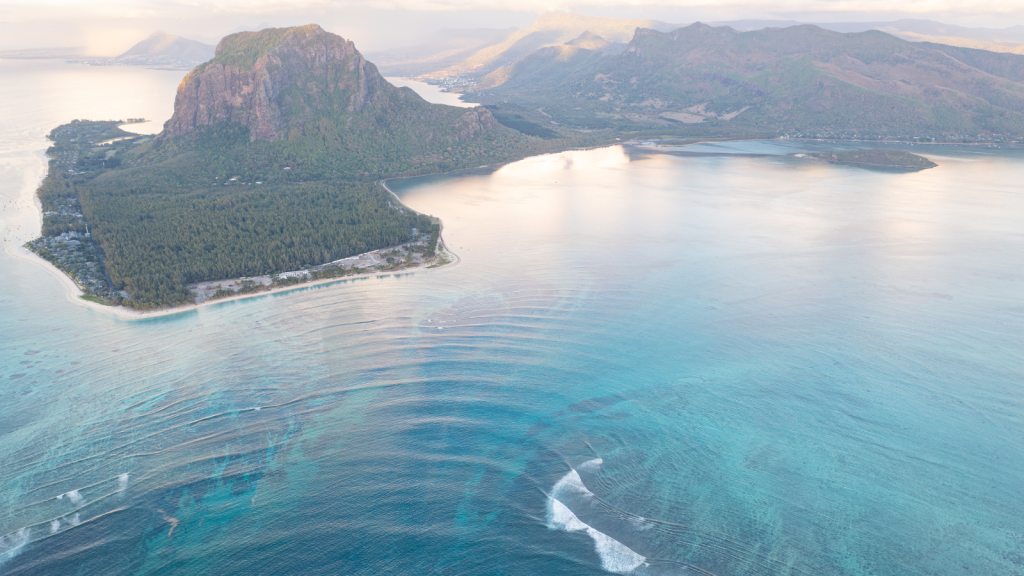
It sounds impossible, but underwater waterfalls are very real. The largest one is in the Denmark Strait between Iceland and Greenland. Dense, cold water from the Arctic sinks beneath lighter, warmer water, creating a cascade over 11,500 feet high. That’s nearly three times the height of Angel Falls in Venezuela, the tallest waterfall on land.
The Ocean Has Hydrothermal Vents That Create New Life
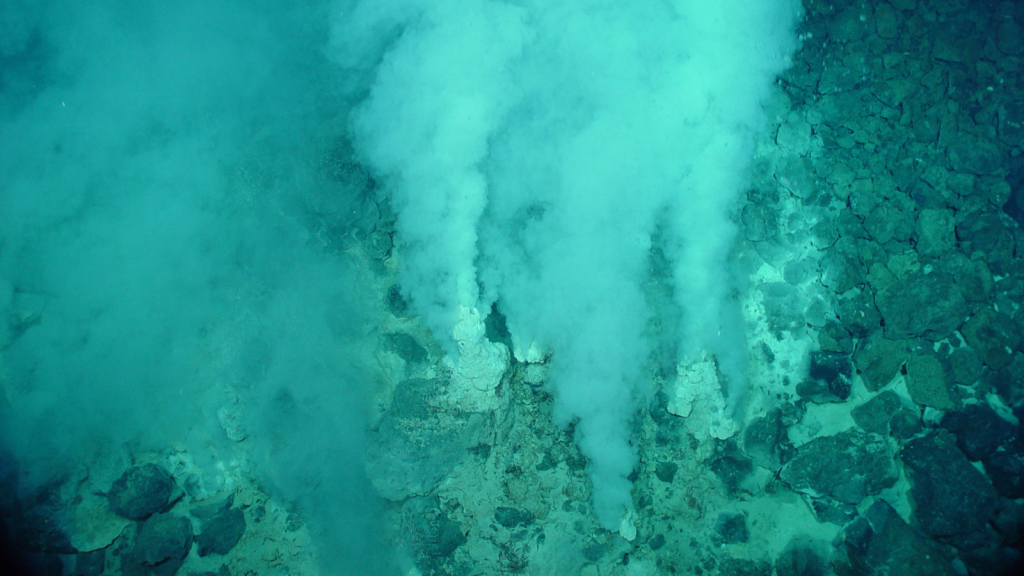
At the bottom of the ocean, hydrothermal vents spew superheated water mixed with minerals from beneath the Earth’s crust. These vents can reach temperatures of over 750°F. Surprisingly, they are home to unique ecosystems teeming with life, including tube worms and clams that don’t rely on sunlight to survive. Instead, they get energy from chemicals in the water, proving life can thrive in even the most extreme conditions.
There’s A Secret “Midnight Zone”
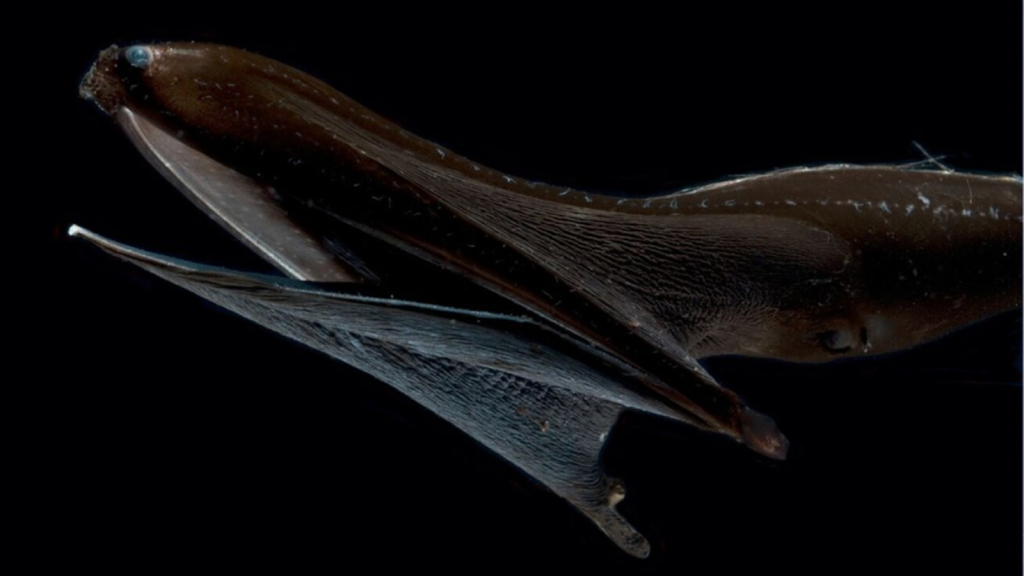
The ocean is divided into different zones based on how much sunlight reaches them, and the “midnight zone” is where the light completely disappears. This zone starts around 3,300 feet down and is home to bizarre creatures like giant squid and gulper eels. The lack of light has led to some fascinating adaptations, like huge eyes for seeing in the dark and transparent bodies to avoid detection.
The Largest Living Structure Is In The Ocean
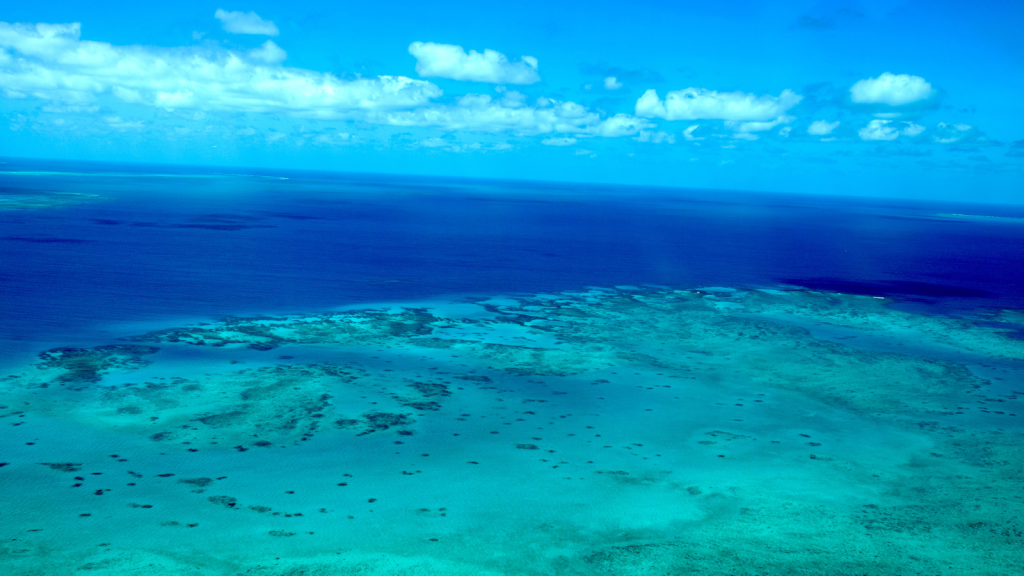
The Great Barrier Reef, located off the coast of Australia, is the world’s largest living structure. It’s made up of billions of tiny organisms called coral polyps and spans over 1,400 miles. Visible from space, it’s also a vital habitat for countless marine species. Sadly, it’s under threat from climate change, pollution, and overfishing.
There Are “Blue Holes” That Lead To Hidden Worlds
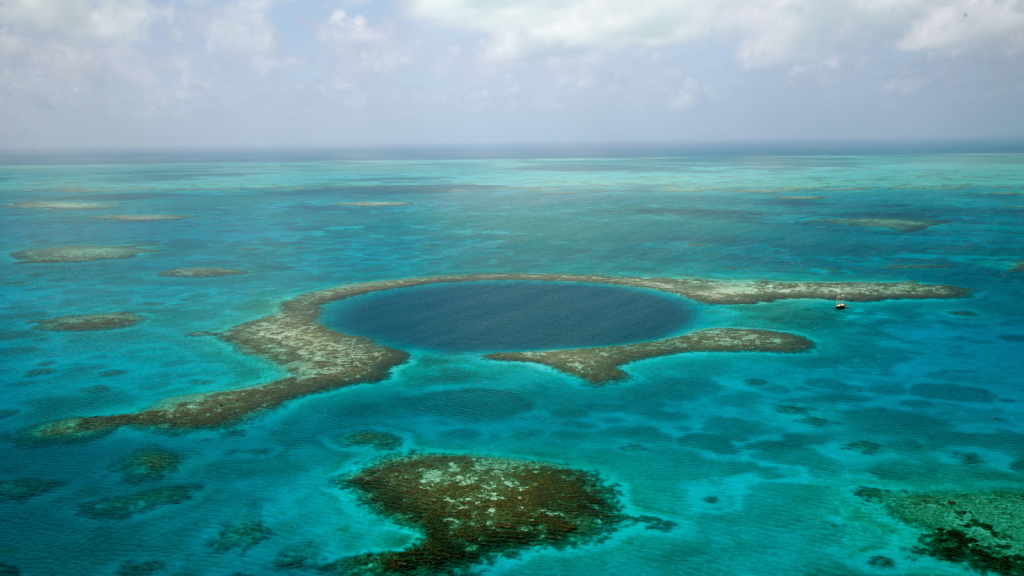
Blue holes are giant underwater sinkholes that often have unique ecosystems inside them. One of the most famous is the Great Blue Hole in Belize, which is over 400 feet deep. Divers have found unusual stalactites, rare fish, and even fossils within these submerged caves. They are like time capsules, preserving secrets of the Earth’s past.
The Ocean Is Home To Ancient Shipwrecks
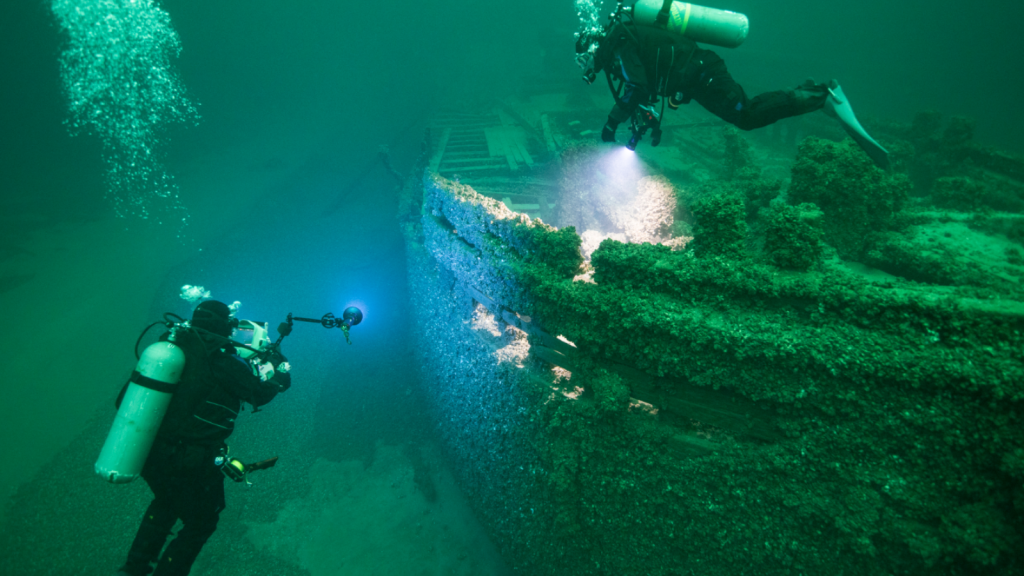
The ocean floor is littered with shipwrecks, from Titanic to ancient Roman vessels. These wrecks serve as time capsules, offering a glimpse into history. The oldest known shipwreck was found off the coast of Greece and is estimated to be over 2,400 years old. Some wrecks are even protected as underwater museums, preserving their stories for future generations.
The Ocean Produces Most Of The Oxygen We Breathe
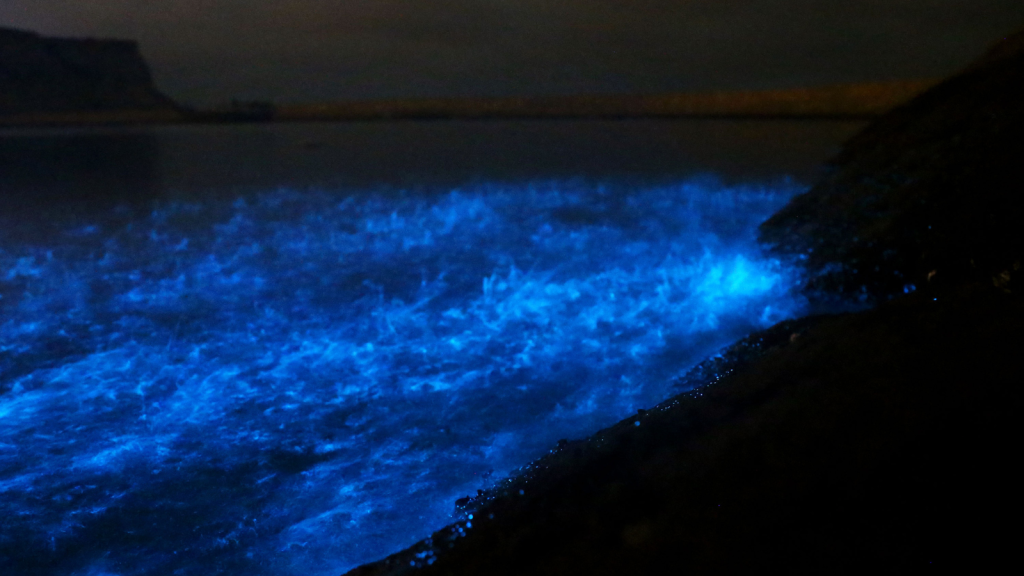
While forests like the Amazon get credit for being the “lungs of the Earth,” the truth is that over half of the oxygen we breathe comes from the ocean. Tiny organisms called phytoplankton, which float near the surface, are responsible for this. These little heroes use sunlight to produce oxygen and play a crucial role in maintaining life on Earth.
Ellen has been obsessed with logic puzzles, jigsaws, and cryptograms since she was a kid. After learning she was taught how to play chess wrong by a family friend (so they could win), she joined her school chess club and the rest is history.


